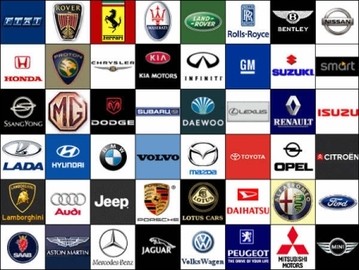Templar Motors Corp.
Brand
The small car named Templar was put into production in July, 1917 by the Templar Motors Corporation, Cleveland, Ohio. Stocks in the company had been offered previously in February. The man behind this venture and its president was M. F. Bramley who owned the Cleveland Trinidad Paving Company of that city. The engineer was A. M. Dean, who had worked for Pope Hartford. The Templar's name came from Bramley's facisination with the Templar Knights and its emblem was the Maltese Cross. Only a few were made until the armistice. Munitions were made at the factory during the war. However, there were 1,800 built before July, 1919. Shortage of materials and a frivilous lawsuit by a dissatisfied stockholder kept production down to 130 the next year. In December, 1920, most of Templar's factory burned down. However, production was able to continue in the portion that was not damaged. In late 1923, the company went into receivership for failure to pay a supplier. It was able to survive receivership and six cylinders were added to the line. In 1924, a Cleveland bank put it into bankruptcy.
Subject ID: 1975
MoreThe small car named Templar was put into production in July, 1917 by the Templar Motors Corporation, Cleveland, Ohio. Stocks in the company had been offered previously in February. The man behind this venture and its president was M. F. Bramley who owned the Cleveland Trinidad Paving Company of that city. The engineer was A. M. Dean, who had worked for Pope Hartford. The Templar's name came from Bramley's facisination with the Templar Knights and its emblem was the Maltese Cross. Only a few were made until the armistice. Munitions were made at the factory during the war. However, there were 1,800 built before July, 1919. Shortage of materials and a frivilous lawsuit by a dissatisfied stockholder kept production down to 130 the next year. In December, 1920, most of Templar's factory burned down. However, production was able to continue in the portion that was not damaged. In late 1923, the company went into receivership for failure to pay a supplier. It was able to survive receivership and six cylinders were added to the line. In 1924, a Cleveland bank put it into bankruptcy.
Subject ID: 1975
Subject ID: 1975
